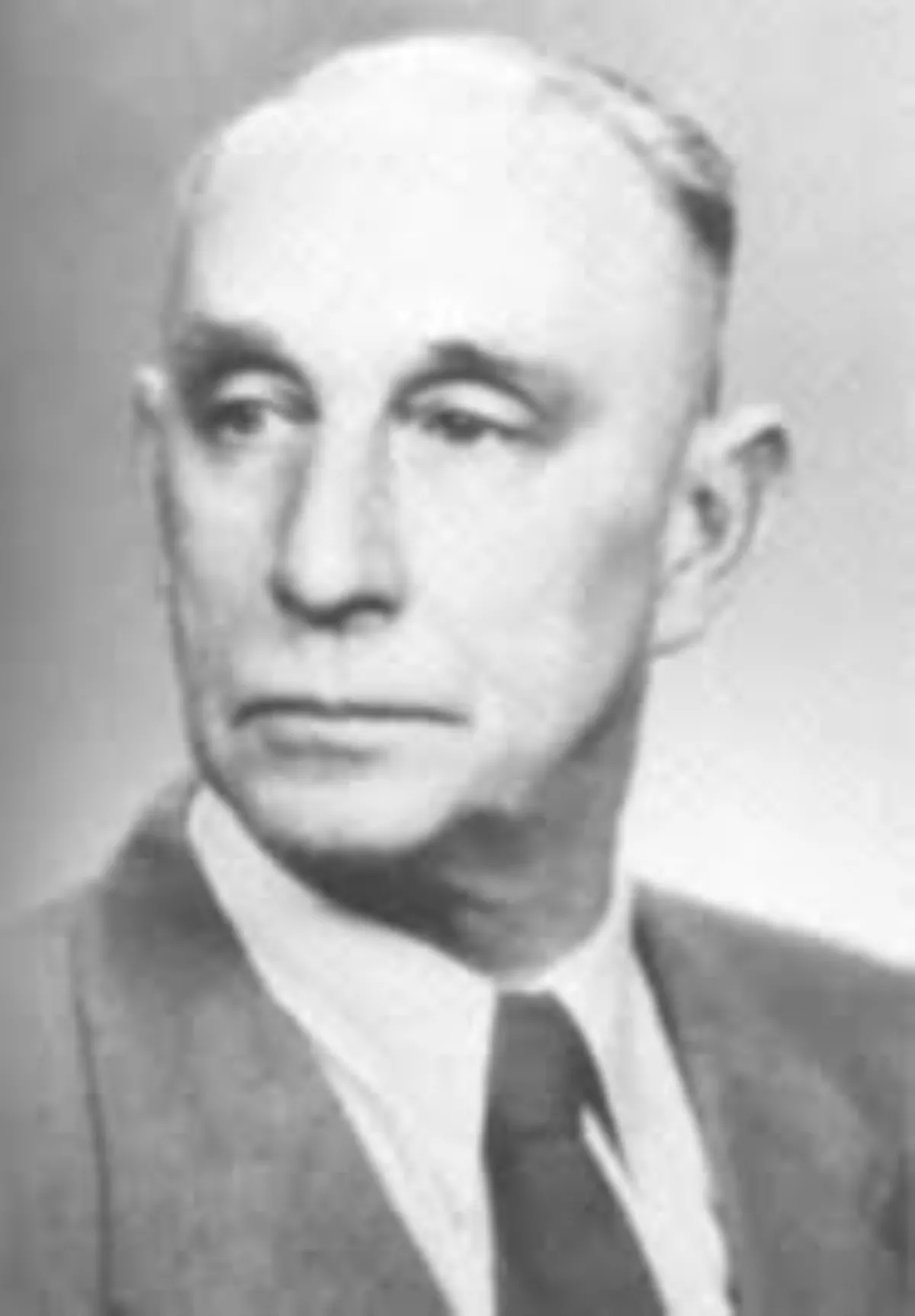 1.
1. Wilhelm Fenner was considered an excellent organizer, an anti-Nazi, an anti-Bolshevik and a confirmed Protestant and was known by colleagues as someone who was keen to continue working in cryptology after World War II.

 1.
1. Wilhelm Fenner was considered an excellent organizer, an anti-Nazi, an anti-Bolshevik and a confirmed Protestant and was known by colleagues as someone who was keen to continue working in cryptology after World War II.
Wilhelm Fenner was born on 14 April 1891 in Saint Petersburg.
Wilhelm Fenner was the sixth of seven children of Heinrich Gottlieb Fenner and Charlotte Georgine Fenner, nee Michaelsen.
Wilhelm Fenner's father was the chief editor of the St Petersburgische Zeitung, a German language daily newspaper published in Saint Petersburg, then the capital of the Russian Empire.
Wilhelm Fenner completed his final examination with distinction in May 1909.
Wilhelm Fenner was drafted into military service on 1 December 1914, joining the 5th Guards Grenadiers, seeing service in Russia, France and Serbia and eventually joined the staff of the Tenth Army.
When Wilhelm Fenner returned to civilian life, he took a job as a publicist with an emigre assistance organization, but the position provided little interest and within the year, he took a position as an editor in a new press agency, which was founded by Konstantin von Krusenstern, who was a former colonel in the Imperial Russian Army.
The fledgling news agency collapsed, with Krusenstern relocating to Paris, but before he left, Wilhelm Fenner's career took a decisive turn when the Russian colonel introduced him to Peter Novopaschenny in the spring of 1921.
Novopaschenny asked Wilhelm Fenner to help him to move to Berlin and confided in Wilhelm Fenner that he had worked during the war as director of the Russian cryptanalytic service working to break the ciphers of the German Baltic Fleet, and that he intended to make his experience available to the German General Staff, under the terms of the Treaty of Versailles.
Wilhelm Fenner became interested in the Russian telegrams that Novopaschenny was working on, and with his interest piqued, began the process of discovering the field of cryptanalysis.
Wilhelm Fenner was now working under the guidance of his "teacher", Novopaschenny, a fruitful relationship, and together they were successful in breaking Russian military ciphers.
Wilhelm Fenner was initially unimpressed by the cipher bureau personnel, output was modest with too narrow scope of operation, and cryptanalysts happy to decrypt three or four messages a day combined with lax work habits.
Wilhelm Fenner's actions bore fruit, and the number of successfully decrypted messages increased steadily.
The group grew in numbers, and Wilhelm Fenner took the opportunity to train newcomers himself and transfer his own, now greatly developed, knowledge of cryptology to them.
Professionalism for Wilhelm Fenner was always a means to an end.
Wilhelm Fenner worked on the Enigma machine, then already in trial use by the Reichswehr, pointing out cryptographic weaknesses, and making proposals for its improvement.
In June 1927, Wilhelm Fenner went to Finland to deliver a course of instruction to the members of the new fledgling service of the Finish cipher bureau.
Wilhelm Fenner convinced his opposite number in the foreign office ministry Kurt Selchow, that cooperation would benefit both units.
Wilhelm Fenner had little patience with these people, who talked politics during extended coffee breaks and who flaunted their loyalties by smoking Nazi Party cigarettes, or occasionally missed work to participate in a Jew raid.
Reznicek was particularly annoyed that in the caste conscious world of German bureaucracy, he was a mere employee of the Bureau, while Wilhelm Fenner was a Government Councillor with a pensioner.
Wilhelm Fenner was forced to fill the resulting gaps with newcomers, necessarily having to forgo experience in favour of attitude in selection of candidates.
Wilhelm Fenner actively opposed the army bureau, but could not block its creation.
In July 1946, Wilhelm Fenner was charged as a witness for the Nuremberg war crimes tribunal and in August transferred to the Haus Alaska, a cover name for HQ 7707 European Command Intelligence Center Camp King, the US Army's interrogation centre, Oberursel, and interned with other high-ranking Germans.